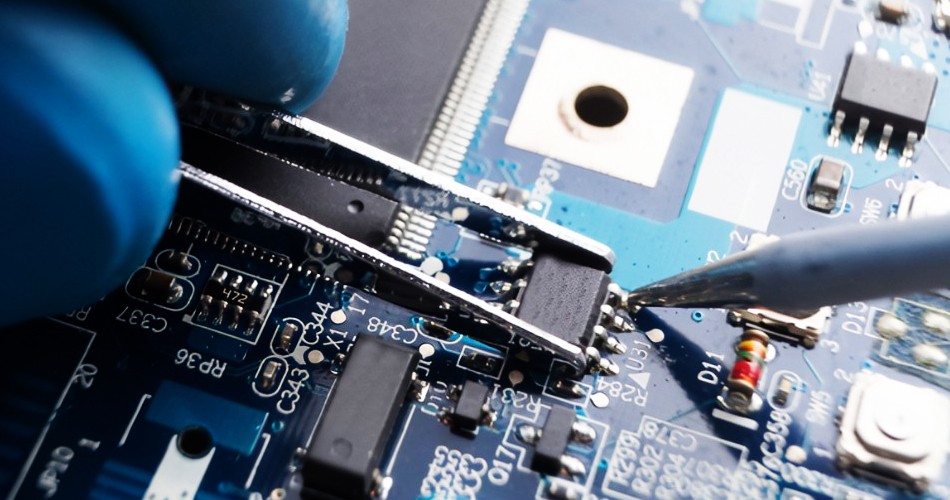- English
- Español
- Português
- русский
- Français
- 日本語
- Deutsch
- tiếng Việt
- Italiano
- Nederlands
- ภาษาไทย
- Polski
- 한국어
- Svenska
- magyar
- Malay
- বাংলা ভাষার
- Dansk
- Suomi
- हिन्दी
- Pilipino
- Türkçe
- Gaeilge
- العربية
- Indonesia
- Norsk
- تمل
- český
- ελληνικά
- український
- Javanese
- فارسی
- தமிழ்
- తెలుగు
- नेपाली
- Burmese
- български
- ລາວ
- Latine
- Қазақша
- Euskal
- Azərbaycan
- Slovenský jazyk
- Македонски
- Lietuvos
- Eesti Keel
- Română
- Slovenski
- मराठी
- Srpski језик
Small batch production vs large-scale mass production in PCBA assembly
PCBA assembly can be divided into two modes: small batch production and large-scale mass production. Each mode has its advantages and limitations. Choosing the appropriate mode depends on the project needs and goals. Here is a comparison between low-volume production and large-scale mass production:

Small Batch Production:
1. Advantages:
Flexibility: Small batch PCBA production is more flexible and can respond more quickly to changing requirements and design modifications.
Suitable for new product development: For prototyping and initial production of new products, low-volume production is an ideal choice because it allows for testing and verification during the product development process.
Lower initial costs: Low-volume production typically does not require large investments in equipment and facilities, thus lowering initial costs.
2. Limitations:
Higher unit cost: Due to the small scale of production, the unit cost is high, so it is not suitable for large-scale markets.
Slower production speed: Compared to large-scale mass production, small batch production usually requires longer production time.
Higher Material Costs: Low-volume PCBA production may require the purchase of higher-cost, low-volume materials.
Mass Production:
1. Advantages:
Low unit cost: Due to the large production scale, the unit cost of each PCBA is low and suitable for large-volume sales.
High efficiency: Large-scale mass production usually uses automated equipment, with fast production speed and high efficiency.
Stability: Due to the high degree of scale, mass production usually has better quality control and consistency.
2. Limitations:
High initial costs: Large-scale PCBA production requires significant capital investment in equipment, facilities, and worker training.
Lack of flexibility: Production lines are often configured specifically for a specific product and are not suitable for frequent changes.
Market demand forecasting is required: Mass production requires accurate market demand forecasting to avoid overstocking or undersupply.
In actual production, many companies may adopt a hybrid model, combining the advantages of PCBA small batch production and large-scale mass production. For example, they can use low-volume production to meet initial market demand and product testing, and then gradually transition to large-scale mass production based on market feedback. This strategy maximizes production flexibility and efficiency.
Ultimately, the choice between PCBA low-volume or high-volume production should be determined based on the specific needs of the project, market forecasts, and available resources.
Send Inquiry
-
Delivery Service






-
Payment Options









